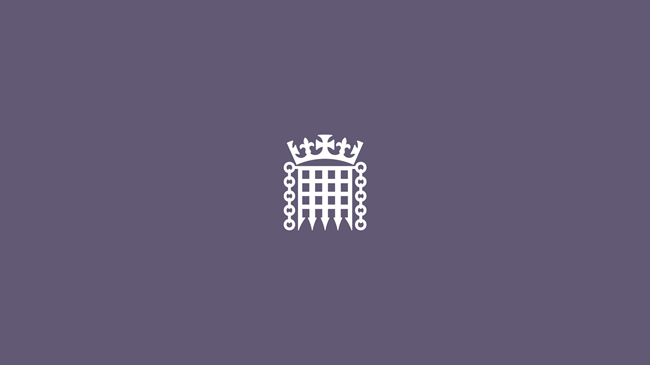Charles Stanhope and Freedom of Religion
Charles Stanhope, third Earl Stanhope (1753-1816), was a scientist, inventor and politician. He was MP for High Wycombe between 1780 and 1786 and sat in the House of Lords from 1786 until his death. This section of the case study focuses on his involvement with legislation relating to religious freedoms.
“There was no man more devoted to religious freedom than he”. The Earl of Abingdon, Parliamentary Debates, 1789 to 1791, XXVIII, col. 219.
Stanhope played a notable part in the campaign for greater religious freedom for both Catholics and Protestant Dissenters. In 1788, he made clear his position in language that echoes the American Declaration of Independence (1776):
“My first principle is, that every man has a natural and inalienable right to liberty of conscience, and that no man should be persecuted for his private opinions in matters of religion. But every person is at all times liable to be called upon to give due security to the State, whenever the State shall deem it expedient.”
In short, where a person's religious views did not threaten the state, they should be permitted complete freedom of worship and conscience. In an age when people were placing increasing importance on individual rights, this was fast becoming the popular view.

What materials relating to Stanhope's life and career exist in the Parliamentary Archives?

How did the Catholic Relief Act (1791) come about? What did the Act seek to change?

What political and social change happened around religion in the 16th and 17th century?

How was Stanhope involved with legislation relating to Protestant Dissenters?

What attempts at change did Stanhope make in his later years?